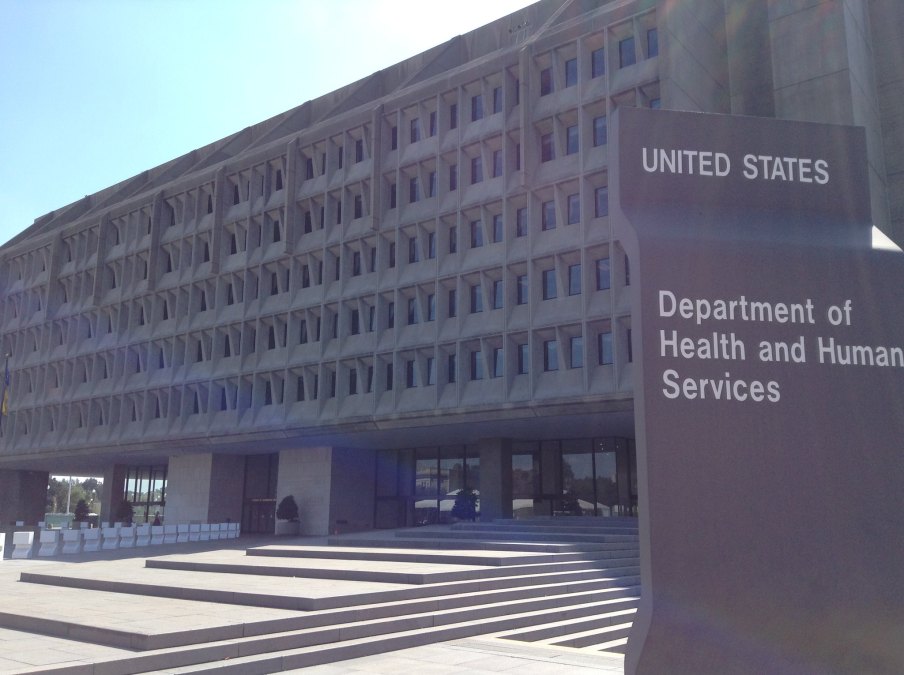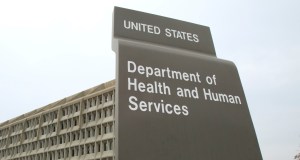HHS launches public dashboard for organ donations occurring out of order

The Department of Health and Human Services announced the launch of a public dashboard Wednesday that provides data about organ donations, following reports showing that instances of “allocations out of sequence” have become a more common practice.
The Health Resources and Services Administration dashboard provides graphs showing a steady increase in the share of transplants occurring out of order, as well as a slight increase in instances in which organs aren’t used. Those charts, which were built using the graphics platform Tableau, can be filtered by organ procurement organizations and are current through June of this year.
“Every patient and family waiting for a transplant deserves a fair, transparent, and accountable process,” HRSA Administrator Tom Engels said in a statement included in a press release Wednesday. “This dashboard is a concrete step toward that promise. By shining a light on potential out-of-sequence events, we are inviting clinicians, patients, and researchers to help us spot patterns, correct problems, and continuously improve the system. Transparency is how we earn trust, and how we save more lives.”
Launch of the public data tool comes after a February New York Times investigation that found line skipping occurred in nearly 20% of allocations over the previous year, up from about 2% in 2016. That reporting prompted Sens. Chuck Grassley, R-Iowa, and Ron Wyden, D-Ore. — who have long championed oversight of the organ procurement system — to demand more information about the phenomenon from HRSA and the Centers for Medicare and Medicaid Services.
According to the HHS press release Wednesday, the dashboard is one part of a broader plan to fix the system known as the Organ Procurement and Transplantation Network, or OPTN — a federal system that has been riddled with issues.
For example, HRSA recently reported that organ procurement organizations had ignored signs of life incompatible with organ donation and instances in which patients may have not been technically deceased when procurement started. A recent report by Wyden and Grassley examined organ procurement organizations and a potential loophole they could exploit, and ultimately recommended more transparency to improve the system.
HRSA’s other ongoing improvement efforts include a process for reporting misconduct and proposing requirements for organ procurement, per the release.
In addition to NYT’s reporting, articles in medical journals and other publications have also noted the trend of increasing allocations out of order. Dr. Joel T. Adler, a transplant surgeon and coauthor of several of those pieces, told FedScoop in an interview that the new dashboard generally is “directionally consistent” with the work he and his coauthors have done — albeit with more current data — and is a “good step” toward public transparency.
All of health care — and more importantly organ donation — is built on trust, Adler said. With organ donation, the donor is trusting that whoever is helping place the organ is doing so fairly and efficiently.
“Being able to show in spots where maybe that isn’t exactly how things are going or being played out is a really important thing to do to hopefully both increase transparency and maintain public trust, depending on if that’s been affected or not,” Adler said.
The process of organ allocation works by first conducting a computer-based matching run in which patients waiting for organs are ranked on their medical need, distance from the donation and other factors, per the press release. An allocation out-of-order occurs when that expected sequence isn’t followed.
But while allocations out-of-order may be attempts to prevent wasting an organ, the HRSA says nonuse is increasing, and research by Adler and others specifically on kidney donations suggests other strategies might be more effective at mitigating nonuse.
In terms of what other data would be helpful, Adler said one addition could be the outcomes for patients who are skipped; the impact on the rest of the waitlist would be interesting, though harder to characterize, he added.
For example, he said, an underlying concern for those in the community is that “if for some reason the out-of-sequence organ allocation somehow favors an already favored group of patients, that could put other folks at greater disadvantage.”
Adler added: “Figuring out what that might be, and if there’s some other way to track and publicly report that as a more patient centric outcome might be a useful thing, too.”






